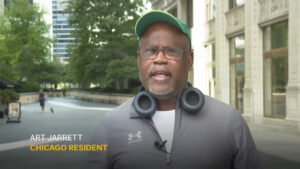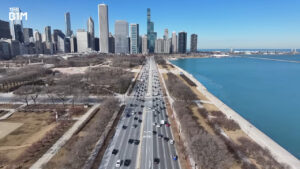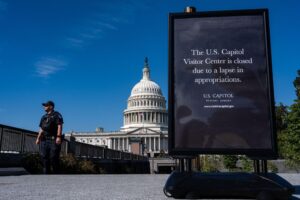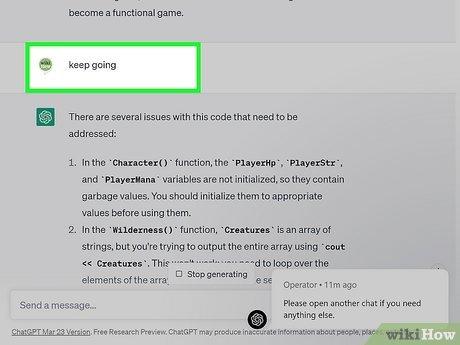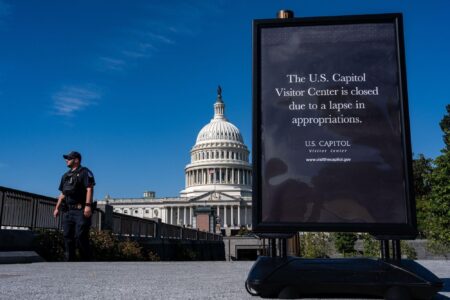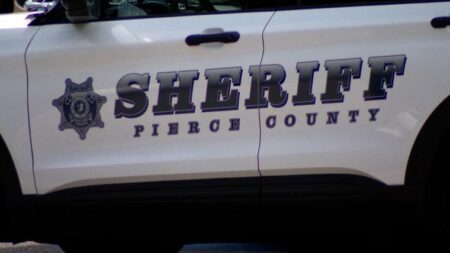National Guard Mobilization to Counteract Increasing Crime Rates in Washington, DC
Amid a notable rise in criminal incidents and youth-related violence in Washington, DC, federal officials are preparing to deploy a substantial number of National Guard troops to the city. This initiative is designed to reinforce local law enforcement agencies by enhancing patrol coverage, accelerating response times, and supporting community engagement efforts. The urgency of this deployment stems from recent data showing a surge in violent offenses that have overwhelmed municipal resources and heightened public safety concerns.
Primary goals of this National Guard intervention include:
- Increasing law enforcement visibility in neighborhoods with elevated crime rates
- Supporting crowd management during demonstrations and large-scale events
- Augmenting investigative teams with additional personnel for intelligence operations
| Deployment Stage | Projected Troop Strength | Focus Zones |
|---|---|---|
| Initial Deployment | Approximately 500 National Guard members | Business districts, transportation centers |
| Expanded Coverage | Up to 1,200 troops | Residential areas, educational institutions |
| Continuous Support | 600 personnel on standby | Rapid response and specialized missions |
Enhanced Collaboration Between National Guard and Local Police to Mitigate Youth Violence
The decision to deploy National Guard forces in Washington, DC, represents a strategic partnership between military units and municipal law enforcement aimed at addressing the surge in youth violence. This alliance capitalizes on the Guard’s rapid deployment capabilities and advanced surveillance tools, complementing the community-oriented policing methods employed by local officers. Together, they seek to dismantle criminal networks targeting vulnerable youth populations and foster a safer urban environment.
Key elements of this joint approach include:
- Coordinated patrols to boost presence in crime-prone neighborhoods
- Real-time intelligence sharing to enhance situational awareness and responsiveness
- Community outreach programs aimed at building trust and encouraging resident cooperation
- Focused intervention initiatives providing social and legal support to at-risk youth
| Coordination Component | Expected Outcome | Lead Agency |
|---|---|---|
| Joint Patrols | Improved neighborhood safety | National Guard & Police Departments |
| Information Exchange | Accelerated crime response | Intelligence Units |
| Community Engagement | Strengthened public trust | Local Law Enforcement |
| Youth Intervention | Reduction in youth violence | Social Services & Military Liaisons |
Assessing the Influence of Military Deployment on Civil Liberties and Community Relations
The increased presence of National Guard troops in Washington, DC, prompts a critical examination of the balance between enhancing security and safeguarding civil rights. While the deployment aims to reduce crime and youth violence, it also raises concerns about potential infringements on privacy and freedom of movement. Civil liberties organizations warn that a militarized approach could exacerbate distrust, particularly in historically over-policed communities, potentially leading to strained relations and undermining public safety goals.
Maintaining positive community relations requires transparent communication and clear operational guidelines. Local advocates stress the importance of:
- Addressing community feedback with cultural awareness and sensitivity
- Defining strict boundaries to prevent misuse of authority
- Implementing regular oversight through public reporting on civil rights impacts
| Consideration | Possible Consequence |
|---|---|
| Heightened Surveillance | Increased privacy concerns among residents |
| Community Trust | Potential erosion without effective engagement |
| Interactions with Youth | Risk of conflict escalation if military tactics dominate |
| Legal Accountability | Essential for preventing abuses |
Best Practices for Maximizing National Guard Effectiveness in Urban Crime Reduction
To ensure the National Guard’s deployment effectively supports crime prevention in urban settings, seamless integration with local police forces is vital. This includes establishing robust communication networks, conducting joint training exercises, and aligning operational objectives to complement community policing efforts. Leveraging technology such as live data-sharing platforms can enhance situational awareness and enable swift action against violent incidents.
Equally important is fostering positive community relations. National Guard members should actively engage in outreach initiatives, particularly in neighborhoods most affected by crime, to build rapport and reduce tensions. The following framework outlines key recommendations:
| Recommendation | Goal | Implementation Steps |
|---|---|---|
| Interagency Collaboration | Streamline operations and resource sharing | Regular joint briefings, unified command structures |
| Community Engagement | Enhance public trust and cooperation | Organize town hall meetings, youth mentorship programs |
| Technological Integration | Accelerate response and intelligence gathering | Deploy real-time data analytics and communication tools |
| Cultural Competency Training | Minimize community friction and misunderstandings | Conduct workshops and scenario-based drills |
Final Thoughts on the National Guard’s Role in Washington, DC’s Crime Response
As Washington, DC confronts a troubling increase in crime and youth violence, the planned National Guard deployment signifies a notable escalation in public safety tactics. While intended as a temporary measure to stabilize the city, this approach highlights the complex challenges local authorities face in maintaining order. The effectiveness of this military support will depend on its ability to integrate with community policing and respect civil liberties, potentially serving as a model for other metropolitan areas grappling with similar issues nationwide.
